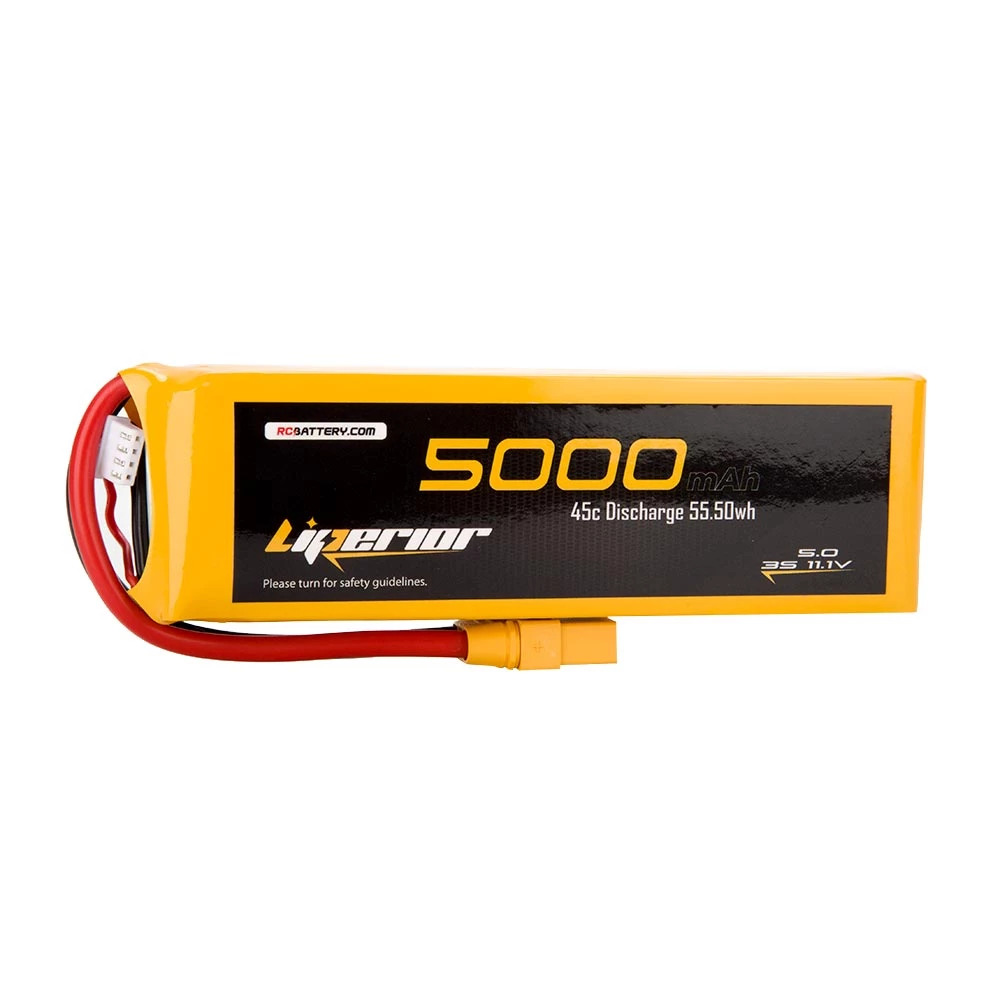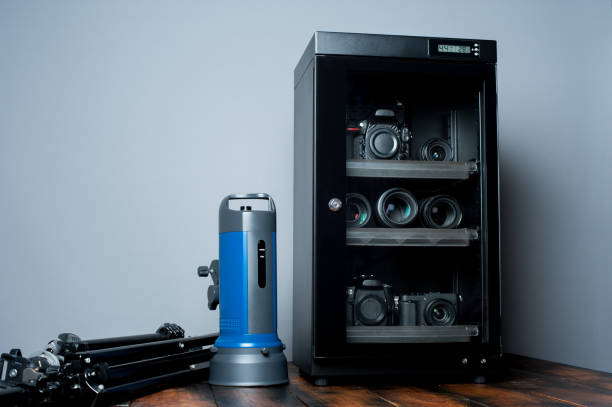Lithium Polymer (LiPo) batteries have become the backbone of modern RC hobbies, drones, robotics, and portable electronics. Among them, the 2s LiPo battery —with its balance of voltage, capacity, and weight—stands out as one of the most popular power solutions. Whether you’re flying drones, racing RC cars, or powering custom projects, how you treat your battery directly impacts its lifespan, safety, and performance.
Unfortunately, many hobbyists shorten their battery’s life by neglecting key practices like proper charging, storage, and usage. A well-maintained 2S LiPo can last 200–300 charge cycles, while a poorly handled one may fail in just a few dozen.
This guide will show you step-by-step strategies to maximize performance, covering everything from charging practices to advanced care tips. By the end, you’ll know exactly how to keep your 2S LiPo batteries powerful, efficient, and safe.
Understanding the Basics of a 2S LiPo Battery
What Does 2S Mean in a LiPo Battery?
The “S” in LiPo batteries stands for series, which indicates how many cells are connected in sequence. A 2S battery contains two LiPo cells connected in series.
- Nominal voltage per cell: 3.7V
- Fully charged voltage per cell: 4.2V
- Total fully charged voltage for 2S: 8.4V
This makes the 2S LiPo ideal for RC cars, planes, boats, and drones where balance between power and weight is crucial.
Key Specifications That Affect Performance
When selecting or maintaining a 2S LiPo, focus on these parameters:
- Capacity (mAh): Determines runtime. Higher mAh = longer playtime.
- C-Rating (Discharge Rate): Indicates how fast the battery can safely deliver power. Higher C-ratings = better performance for demanding applications.
- Internal Resistance (IR): Lower resistance equals better efficiency, less heat, and more consistent power delivery.
Understanding these basics helps you choose the right battery and take care of it properly.
Proper Charging Practices
Use a Balance Charger – The Golden Rule
A balance charger ensures each cell in your 2S pack charges equally and safely. Uneven charging leads to overcharged or undercharged cells, which reduces lifespan and increases fire risks.
Best Charging Practices to Maximize Performance
- Charge at 1C: If your battery is 2200mAh, charge at 2.2A for the safest rate.
- Avoid overcharging: Never exceed 4.2V per cell (8.4V total for 2S).
- Charge in a fireproof container: Always use a LiPo safety bag or fireproof charging box.
- Monitor battery temperature: Stop charging if it feels hot to touch.
Common Charging Mistakes to Avoid
- Charging unattended or overnight.
- Using chargers not designed for LiPo batteries.
- Charging at higher than recommended rates to “save time.”
These mistakes drastically shorten battery life and may cause swelling or fire.
Safe Usage Habits for Longer Life
Pre-Use Preparation
- Always check the voltage before use.
- Visually inspect the pack for swelling, punctures, or wire damage.
During Use
- Never fully discharge: Keep voltage above 3.2V per cell (6.4V for 2S).
- Avoid overheating: Stop if the battery feels excessively warm.
- Match the battery’s C-rating with your device’s demand to prevent overstrain.
Post-Use Care
- Allow the battery to cool before recharging.
- Store at storage voltage: 3.7–3.85V per cell (~7.4V total for 2S).
Following these habits prevents permanent chemical damage inside the cells.
Storage and Maintenance Tips
Storage Best Practices
- Store batteries at 50% charge (storage mode).
- Ideal storage temperature: 15–25°C in a dry, cool environment.
- Avoid extreme heat, cold, and direct sunlight.
Periodic Maintenance
- If unused for several months, cycle the battery by charging and discharging at safe rates.
- Regularly check balance and voltage levels with a battery tester.
Storage at full charge or complete discharge can degrade your battery within weeks.
Extending Battery Lifespan with Smart Habits
Do’s and Don’ts for Maximum Longevity
Do:
- Charge slowly at the correct rate.
- Use balance chargers.
- Keep packs at storage voltage.
Don’t:
- Puncture, crush, or expose to water.
- Discharge below safe voltage.
- Leave batteries in hot cars or under direct sunlight.
Using Voltage Alarms and Battery Monitors
Attach a voltage alarm to your 2S pack during use. This device beeps when voltage drops below safe limits, protecting your cells from deep discharge.
Choosing the Right 2S LiPo for Your Application
- High-C rating for racing drones or RC cars (for bursts of current).
- Moderate-C rating for casual use (for longer lifespan).
- Slightly oversized capacity can reduce strain and extend life.
Safety Precautions Every User Should Follow
- Handle swollen or damaged packs carefully. Place them in a LiPo-safe bag immediately.
- Keep a fire extinguisher nearby when charging.
- Always dispose of dead LiPos safely: discharge completely and take to a battery recycling facility.
Safety isn’t optional with LiPos—it’s essential.
Advanced Tips for Performance Enthusiasts
For users who want every ounce of performance:
- Parallel Charging: Charge multiple 2S packs together with a balance board (only if they’re the same type, voltage, and capacity).
- Use Smart Chargers: Modern chargers track IR, cycles, and keep detailed logs.
- IR Monitoring: Regularly checking internal resistance helps predict when a pack is aging and losing efficiency.
Conclusion
Maximizing the performance of your 2S LiPo battery comes down to consistent good habits. By following proper charging techniques, using safe storage practices, and respecting voltage/temperature limits, you’ll extend lifespan, maintain strong performance, and ensure safety in every use.
Whether you’re an RC racer, drone pilot, or hobbyist, your battery is the heart of your setup. Treat it well, and it will deliver reliable power for hundreds of cycles.
Frequently Asked Questions (FAQs)
1. What is the ideal charging rate for a 2S LiPo battery?
The safest rate is 1C (equal to the battery’s mAh rating in amps). For example, a 2200mAh pack should be charged at 2.2A.
2. How low can I safely discharge a 2S LiPo?
Never below 3.2V per cell (6.4V total). Going lower damages the cells.
3. How long does a 2S LiPo battery usually last?
With proper care, expect 200–300 cycles. Poor handling may cut this lifespan in half.
4. Is it safe to leave a LiPo battery fully charged overnight?
No. Always store at storage voltage (3.7–3.85V per cell) if not used within 24 hours.
5. Can a swollen LiPo be used if it still holds charge?
No. A swollen LiPo is unsafe and should be disposed of properly.
6. Does temperature affect LiPo performance?
Yes. Extreme heat causes swelling and shortens lifespan. Cold reduces capacity temporarily.
7. How do I dispose of a dead 2S LiPo battery?
Discharge fully (use a resistor or saltwater method safely), then take it to a certified battery recycling facility.



